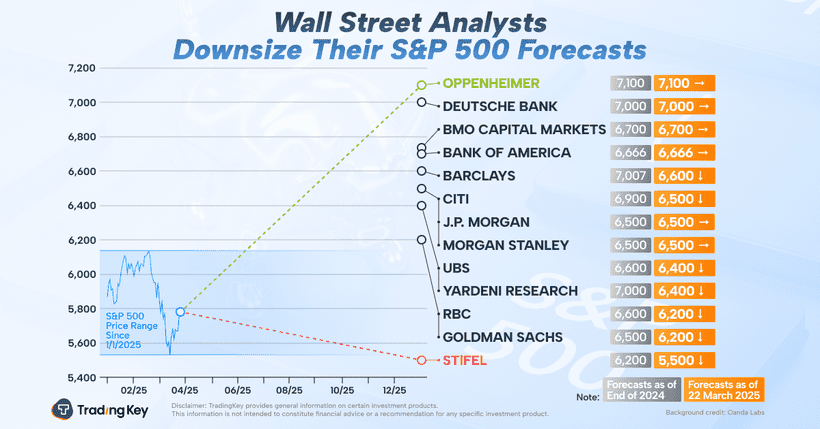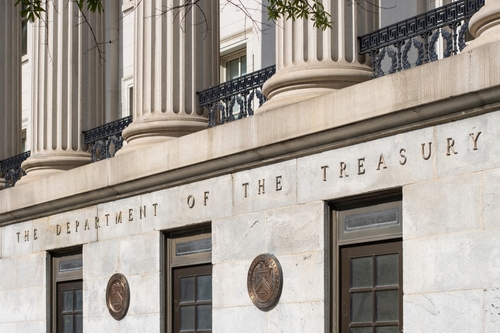RPT-BREAKINGVIEWS-Mini nuclear reactor rush has a short half-life

By Robert Cyran
NEW YORK, March 31 (Reuters Breakingviews) - The rush to produce mini nuclear reactors on the cheap might have a short half-life. In search of vast quantities of power for the data centers fueling artificial intelligence, Meta Platforms META.O, Alphabet GOOGL.O and Amazon.com AMZN.O have backed a goal to triple the world’s nuclear power capacity by 2050. The prospects for nuclear are indeed brightening, but it is still more expensive and far slower to build than renewables. The upstart approach of making smaller, identikit reactors will struggle even harder to close that gap.
Ever since the 1980s, developed nations have built few traditional nuclear plants, in part thanks to their tendency towards enormous cost and time overruns. Two reactors in Georgia that switched on in 2023 and 2024 took 15 years to construct and came in at over twice their initial $14 billion budget.
Yet the promise of an emissions-free source that doesn’t waver when the sun goes down or the wind calms keeps tempting technologists. Moreover, electricity demand worldwide rose 4% last year, according to the International Energy Agency, as new data centers switch on and consume power. This rising tide is lifting all forms of generation.
Enter the small modular reactor, or SMR. Theoretically, these can reduce costs by simplifying the underlying design into a set of mass-produced, standard parts made off-site. About 95 companies are actively chasing this dream, according to John Ketchum, chief executive of NextEra NEE.N, the nation’s largest power developer. Big names are in the fray, like OpenAI chief Sam Altman and his side project Oklo OKLO.N, or Google and Amazon, which have invested in Kairos and X-energy, respectively. UK-based engineering giant Rolls-Royce RR.L is urging the British government to begin moving ahead with new projects.
This idea isn’t entirely new. The U.S. built some small commercial reactors in the 1960s. But bigger reactors benefit from economies of scale, requiring proportionately less material and fewer operating staff, resulting in a one-third advantage versus smaller plants in costs per kilowatt of power, the Department of Energy reckons, assuming both use similar technology.
Modularity is definitely appealing. Take the reactors in Georgia. If their design could become a new standard, repeatedly produced at scale, its lifetime cost could drop by around 70% to $60 per megawatt, the DOE estimates. That’s similar to projects combining solar and batteries that smooth out intermittency, according to Lazard. In China, the rare nation currently building substantial nuclear capacity, scaled-up supply chains have cut costs to roughly a third of those in the west, according to figures from the World Nuclear Association.
Any further benefit of SMRs’ miniaturization is still unproven: while China recently built one, the first commercial versions in western nations are planned to begin operations around 2030. There is, nonetheless, momentum. Amazon offered $334 million to study developing a cluster of SMRs. Oklo and rival NuScale Power SMR.N, which won regulatory certification for its designs, have gone public by merging with blank-check vehicles, together accounting for nearly $9 billion in market value.
But one firm would have to dominate to benefit from the efficiencies of mass production. Buyers won’t want to be stuck with the uncertainty and cost of building a one-off reactor from a company with uncertain prospects for sticking around. Until mass production is established, SMRs will probably be at a cost disadvantage to larger reactors.
And while the world needs more nuclear reactors to cut into electricity provided by dirty fossil fuels, the commercial impetus to build even big reactors, using established designs, is tepid at best.
In 2024, nine new reactors began construction worldwide, according to the IEA, while 7 gigawatts of new nuclear power came online. That’s the fifth-highest amount added in 30 years. Yet this high-water mark only equates to increasing the world’s new nuclear capacity by 2%.
Now consider solar, which is both faster to install and a fraction of the cost of new nuclear. The world added nearly 600 gigawatts of solar capacity last year according to the IEA. Adjust for the fact solar is intermittent, and it still added nearly 20 times as much generation last year as nuclear. Moreover, total solar generation is doubling every three years.
For all the talk about a nuclear renaissance, it’s still more possibility and promise than commercial reality. That goes double for small modular reactors. The U.S. won’t finish any new reactors next year. Meanwhile, U.S. utilities should add over 30 gigawatts of solar and 18 gigawatts of batteries this year, the DOE estimates. These technologies already benefit from scale and cookie-cutter manufacturing at volumes SMRs will never rival. Nuclear may be more reliable, but cost and speed matter, too.
Follow @rob_cyran on X
CONTEXT NEWS
Google, Amazon.com and Meta Platforms agreed in March to support the goal of at least tripling the world’s nuclear power by 2050.




